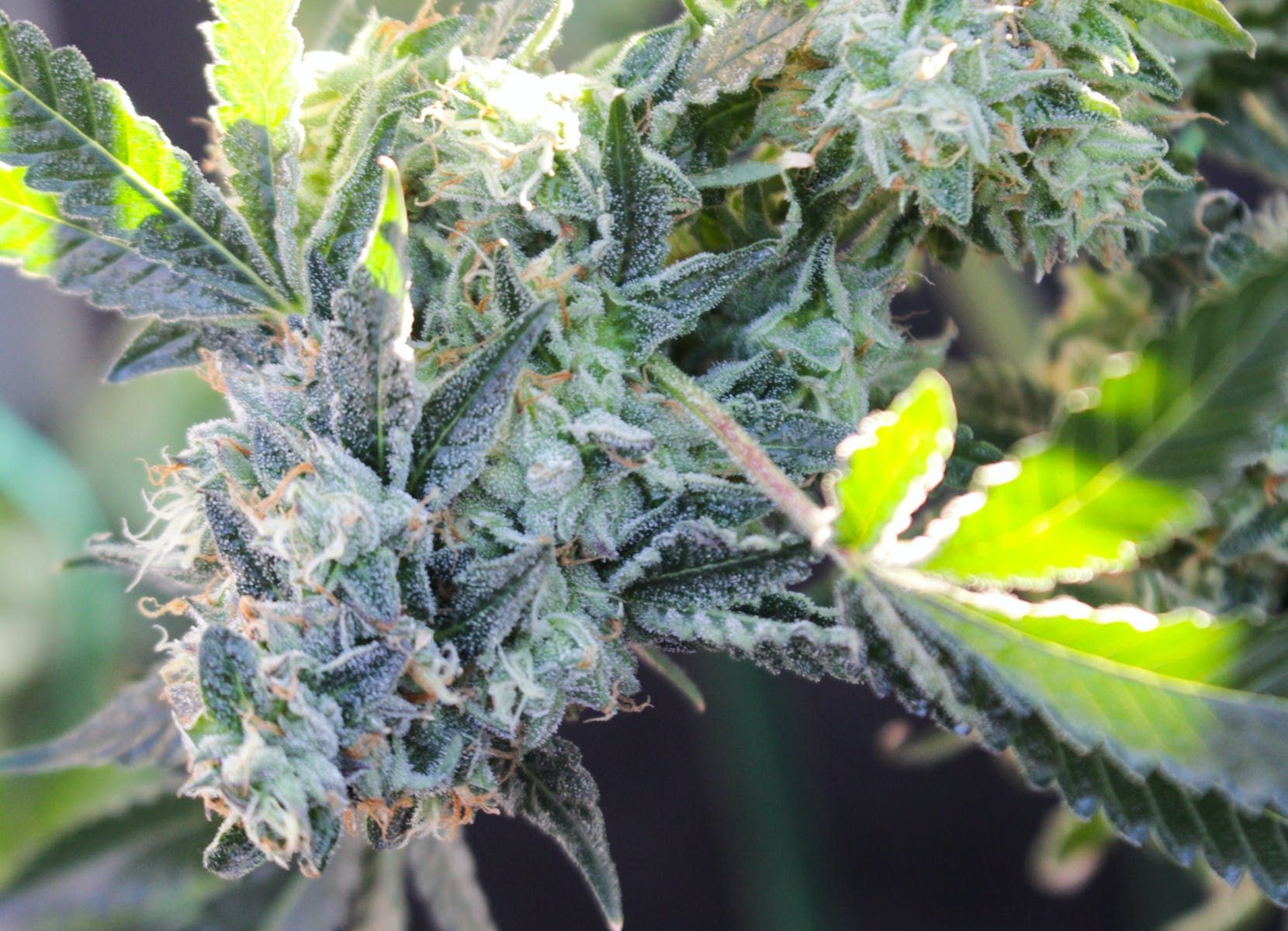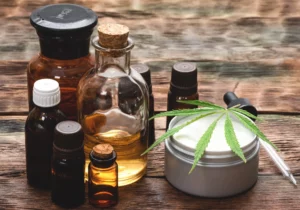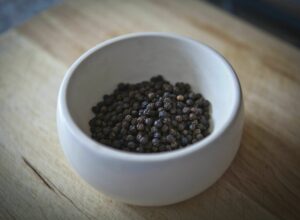Cannabigerol (CBG) accounts for 1% or less of the many compounds found in cannabis, but it may be the most important; it’s the chemical precursor for creating the better-known cannabinoids tetrahydrocannabinol (THC) and cannabidiol (CBD).
Now, it’s possible to purchase this relatively rare cannabinoid in isolate form for use alone or with other cannabis products. CBG has a number of potent health benefits on its own, and folks turn to CBG to relieve the symptoms of conditions such as:
- Irritable bowel disorder
- Anxiety
- Glaucoma
FOLLOW US ON FACEBOOK & INSTAGRAM
What Is CBG?
The familiar Cannabis sativa plant contains hundreds of separate compounds. Many of these occur in small amounts and haven’t been well studied, so their effects aren’t known. But researchers have identified a number of cannabinoids that have documented effects on the human (and animal) body and brain.
Topping the list of these is THC, technically known as delta-9 tetrahydrocannabinol; it’s the compound that causes marijuana’s well known high. You’ve probably also heard of CBD, an abundant cannabinoid that doesn’t cause a high like THC does, but does have considerable powers for:
- Relieving pain
- Easing inflammation
- Protecting the nervous system and brain
These compounds exist because of CBG. Cannabis plants produce cannabigerolic acid (CBGA). Enzymes break this acid down and convert it into other acids. These include:
- Tetrahydrocannabinolic acid (THCA), a precursor of THC
- Cannabidiolic acid (CBDA), the path to CBD
- Cannabichromenic acid (CBCA), a precursor to cannabichromene (CBCA), a lesser-known member of the major cannabinoid family
As the plant matures, ultraviolet light converts these acids into the cannabinoids THC, CBD and CBC.
RELATED: CANNABINOIDS: CHEMICAL COMPOUNDS WITH HUGE THERAPEUTIC POTENTIAL
CBG also exists as a cannabinoid. It’s considered one of the four major cannabinoids—a group that also includes its “children”: THC, CBD and CBC.
But not many cannabis strains contain the cannabinoid CBG in significant amounts. Because CBGA is the starting point for the development of other substances in the cannabis plant, harvesting large amounts of it has been problematic.
Some growers are able to extract the highest possible yield of CBG by harvesting cannabis plants early in the flowering cycle, before their CBG content diverts into the building blocks of other cannabis compounds.
Now, too, some marijuana farmers are cultivating cannabis strains to produce higher amounts of CBG. These include:
- Bleu Berries
- Magic Jordan
- Allen Wrench
Some hemp farmers are also specifically cultivating hemp strains to contain larger amounts of CBG.
How Can CBG Help Improve Your Health?
Like other cannabinoids, CBG works with the body’s natural endocannabinoid system (ECS), a complex network of receptors in organs, tissues and neural networks found throughout the body. This system responds to cannabinoid-like chemicals produced by the body itself, called endocannabinoids, and also to cannabinoids from outside sources, including cannabis and some other plants.
Cannabinoids from both sources trigger responses in these receptors and also activate other kinds of processes involving:
- The immune system
- Central nervous system
- Other networks that promote balance, or homeostasis, within all of the body’s interconnected systems
CBG activates both of the known endocannabinoid receptors, CB1 and CB2. CBG also appears to boost production of the natural endocannabinoid anandamide, a chemical that can increase dopamine. Dopamine is a neurotransmitter that helps regulate mood, sleep and appetite.
RELATED: EATING ANANDAMIDE: THE BLISS MOLECULE
CBG is similar to CBD in terms of its health effects, but some research indicates that it may be more potent.
- CBG is a powerful anti-inflammatory and antibacterial agent that can even be effective against MRSA, an antibiotic-resistant form of staphylococcus.
- This also means CBG can effectively fight the inflammation of conditions like irritable bowel syndrome.
- CBG is also a vasodilator—it can keep blood vessels open and flexible. This can help control high blood pressure and lower intraocular pressure in glaucoma patients.
Like CBD, CBG is also a neuroprotectant. It can support the integrity of the protective sheath around neurons and encourage the development of healthy neural pathways.
- Some research suggests that CBG can help relieve symptoms of neurological diseases like Huntington’s disease and Parkinson’s disease.
- Other in vivo lab studies reveal that CBG can block cancer cell growth, especially colorectal cancer cells.
- CBG appears to inhibit muscle contractions. This means it may help with bladder problems, too.
- CBG may also be a potent pain reliever and antidepressant.
How to Take CBG
Like CBD, you can legally purchase a variety of CBG products, because it’s largely sourced from hemp and doesn’t have the psychoactive effects that THC does. CBG isolate is typically available in powder, crystal or oil form. But unlike CBD, it isn’t sold in edible, tincture or topical forms. Producers say that you can add CBG to these products, or you can use it alone.
So, this means you can eat, dab or vape CBG. You can even apply it to your skin as a topical. It’s also possible to buy CBD products, such as oils, which contain added CBG.
Taken in therapeutic doses, CBG is safe and generally causes no side effects. Large doses—in excess of 300 or so milligrams per kilogram of body weight—can trigger some unpleasant but temporary side effects such as:
- Drowsiness
- Diarrhea
- Other digestive upset
As with other cannabinoids, it’s wise to start with small doses of CBG and work up to a dose that delivers the effects you’re looking for.
Photo credit: WeedPornDaily
If you’re new to cannabis and want to learn more, take a look at our Cannabis 101 index of articles. And if you have questions about cannabis, ask them and our community will answer.






